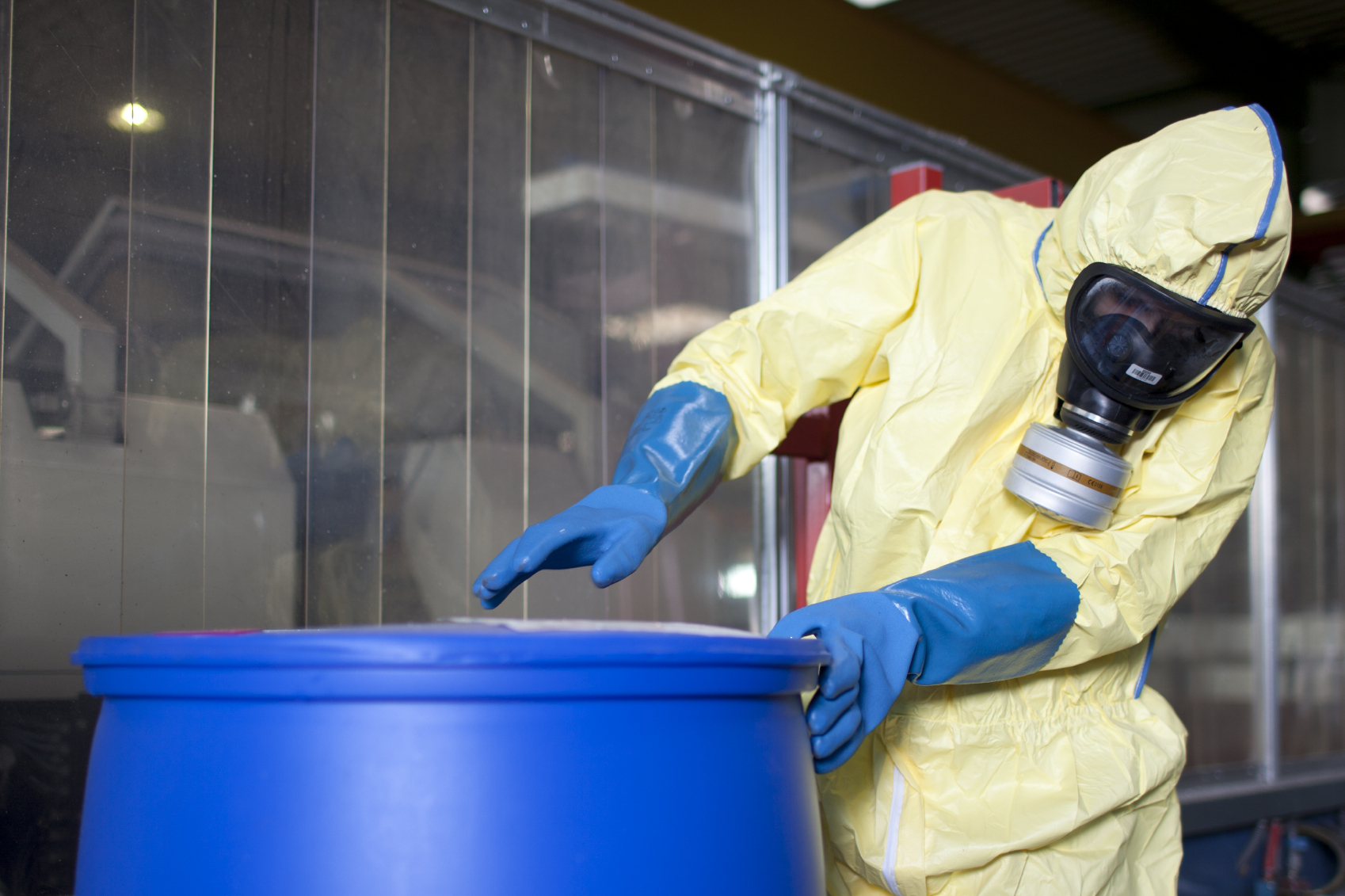- Home
- Science
- Our Work
- Air Pollution
- Agriculture, Farming and Pesticides
- Asthma and other Lung Diseases
- Coronavirus Pandemic (COVID-19)
- Exposure to Chemicals and Dust
- Exposure to Nanomaterials
- Human Exposure
- Neurodegenerative Diseases
- Musculoskeletal Disorders
- Occupational Cancer
- Sustainable Working
- Sustainability and Climate Change
- Stress, Wellbeing and Psychosocial Issues
- COVID-19 IOM Study of Face Coverings in Retail Environments
- Styrene Study
- PROTECT COVID-19 National Core Study
- Firefighters and Cancer – IOM Report
- MORtality Study of Former Professional Footballers in England and Wales (MORSE) Study
- Our Scientists
- Our Expertise
- Nano Material Services
- Development and Management of Data and Information Systems and Services
- Ergonomics Design and Evaluation
- Epidemiological Studies & Methods
- Exposure Assessment
- Health Impact Assessment (HIA) and Risk Assessment
- Policy Evaluations
- Study Design and Statistical Analysis
- Systematic Reviews and Meta-analyses
- Toxicology
- Workplace Cluster of Disease
- IOMLIFET
- IOM Scientists Advocate Tighter Standards for Airborne Dust at Work
- Research Project on Work Related Musculoskeletal Disorders
- Styrene Study
- Firefighters and Cancer – IOM Report
- IOM Library
- Contact our Research Experts
- Our Work
- Occupational Hygiene
- Case Studies
- Air Quality Sensors
- COSHH Assessment
- Dust Exposure
- Environmental Management
- Face Fit Testing
- Hand-Arm Vibration
- Indoor Air Monitoring
- Laboratory Animal Allergens
- Legionella Risk Assessment
- Local Exhaust Ventilation
- Noise Monitoring
- Thermal Exposure Monitoring
- Workplace Exposure Limits (WELs)
- Welding Fumes
- Remote Monitoring Services
- Formaldehyde Exposure Monitoring
- Biological Agent Exposure Monitoring in Waste Management
- Chromium VI
- Occupational Hygiene – Quick Quote
- Lab Services
- Asbestos and other Fibres
- Asbestos Sample Testing
- Asbestos Proficiency Testing
- Dust and Crystalline Silica
- Lead in Paint
- Metals, acid anions, acid gases
- Microbiology
- Pharmaceuticals
- Solvents & Other Organic Chemicals
- Hazard Assessment and Toxicology
- Dustiness Testing of Bulk Powders
- Testing the effectiveness of protective coverall and PPE
- Lab Services Quick Quote
- Hospital Ventilation
- Authorising Engineer
- Dentistry Post Lockdown
- Design Review
- Independent Review
- Diathermic pen and Electro surgical tool testing
- Microbiological Monitoring
- Systems Refurbishment and Upgrade
- Validation and Verification Testing
- HSE COVID-19 Spot Check Inspections
- Training
- Contact Our Hospital Ventilation Experts
- Consultancy
- Our Company
- Contact Us

Biological Agent Exposure Monitoring in Waste Management
Reduce workplace risk and protect workers
A growing concern which can’t be ignored, workplace exposure to bioaerosol emissions is resulting in acute and chronic respiratory health conditions. To protect staff employers need to prevent and minimise exposure to these invisible agents defined as hazardous substances by COSHH. Employers must improve their awareness and knowledge, and take action to identify, assess and control the associated risk.
By taking a proactive approach employers can detect issues early, protect workers, and ensure their legal compliance.
Our comprehensive biological agent monitoring solution
Our team of independent occupational hygiene consultants are here to help those operating within health and safety and waste management to make informed decisions around appropriate control measures.
Our years of industry experience offer employers a greater understanding of the risks of workplace exposure to biological agents associated with activities around waste management and steer them towards industry best practice.
We provide a range of biological hazard monitoring services which result in a set of robust recommendations that can be used to implement prevention strategies and ensure compliance.
These include:
- COSHH risk assessments.
- Bioaerosol sampling and analysis.
- Comprehensive review of current procedures.
- Gap analysis to assess compliance with COSHH and industry best practice.
- Local exhaust ventilation checks where applicable.
- Personal exposure sampling, analysis, and surveillance.
Our approach captures data and helps you to understand:
- The effectiveness of existing controls and precautions.
- Peak exposure as it relates to high-risk activities and recommended guidance.
- Those employees most at risk through pre-employment and ongoing health surveillance.
- Any breaches of current regulation.
As we learn more about the harmful effects of biological hazards within waste management, it is imperative that employers remain on the front foot when it comes to this growing concern.
Working with us, employers can stay one step ahead.
Talk to one of our experts today.

